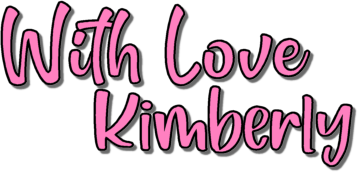You don’t need career counseling to realize how important a resume is for landing a new job.
Indeed, companies are heavily relying on CVs to learn more about their future, potential employees. But what if the information in that resume is misrepresented? What if it’s hard to read? If that is the case, you can rest assured that a recruiter will not bother too much with it as there is heavy competition for the same position.
Because of this fact, you need to make an extra effort when writing a CV. You need to learn what is good and what is bad and this article will help you do just that.
Keep reading.
#1 Visual appearance
Your resume has to leave a positive impression both in terms of information provided as well as its appearance. Most people neglect this fact. Keep in mind that someone has to read your resume; oftentimes recruiters will simply toss away CVs that look shabby. In fact, recruiters on average have 5 to 10 seconds to assess a resume and see if it’s even worth reading it. In terms of visual appearance, you have to place emphasis on several things. The first of them is of course template. A nice template can go a long way in attracting potential clients. If you have design skills or are applying for a position in a creative industry, you might consider creating a custom-made template. Besides the template, the font is also worth mentioning. It’s best if you go with simplistic fonts that will allow a recruiter to go through your CV with ease. Lastly, you need to consider spacing, bullet lists, and other things that will make your resume easier to read.
#2 Use of information
A common misconception when it comes to CVs is that more information is better. This is often not true. The first thing you need to keep in mind that resume should be longer than 3 pages. This instantly limits you; it forces you to choose what kind of information you wish to present to the end user. Always remember that resume has to be adapted to position and company you’re applying for. If you have an extensive experience in various areas, you might wish to focus on areas that will help you get this particular job while also loosely mentioning other education and work. You also have to omit things that will not help you get a job. The best examples of this are your marital status, army status, number of kids you have and so on. Oftentimes employers use this information against a candidate. So, make sure to stick to things that will allow you to land a job.
#3 Add a proper cover letter
The cover letter is another thing that people often omit. Sometimes it is due to negligence, something its due to laziness. No matter the case, cover letters are a good introduction and can tell your personal story, the motivation for applying for a job and why the company should choose you. It provides you with all the intangible advantages that you otherwise wouldn’t have had. If possible, try to leave cover letter (or personal statement) outside of the resume, for example, you can put it in the body of an email or you can attach it as an additional document. Putting it in the resume will make it look stuffy and you don’t need that.
Conclusion
When people don’t get a job, this is usually due to a bad resume. You’ve probably made a small mistake or simply misrepresented your skills. No matter the case, this is something that might continue repeating and cost you future opportunities.
The worst thing you can do is sit on your hands and wait for things to change. You need to be proactive, find errors and make sure to fix them.






